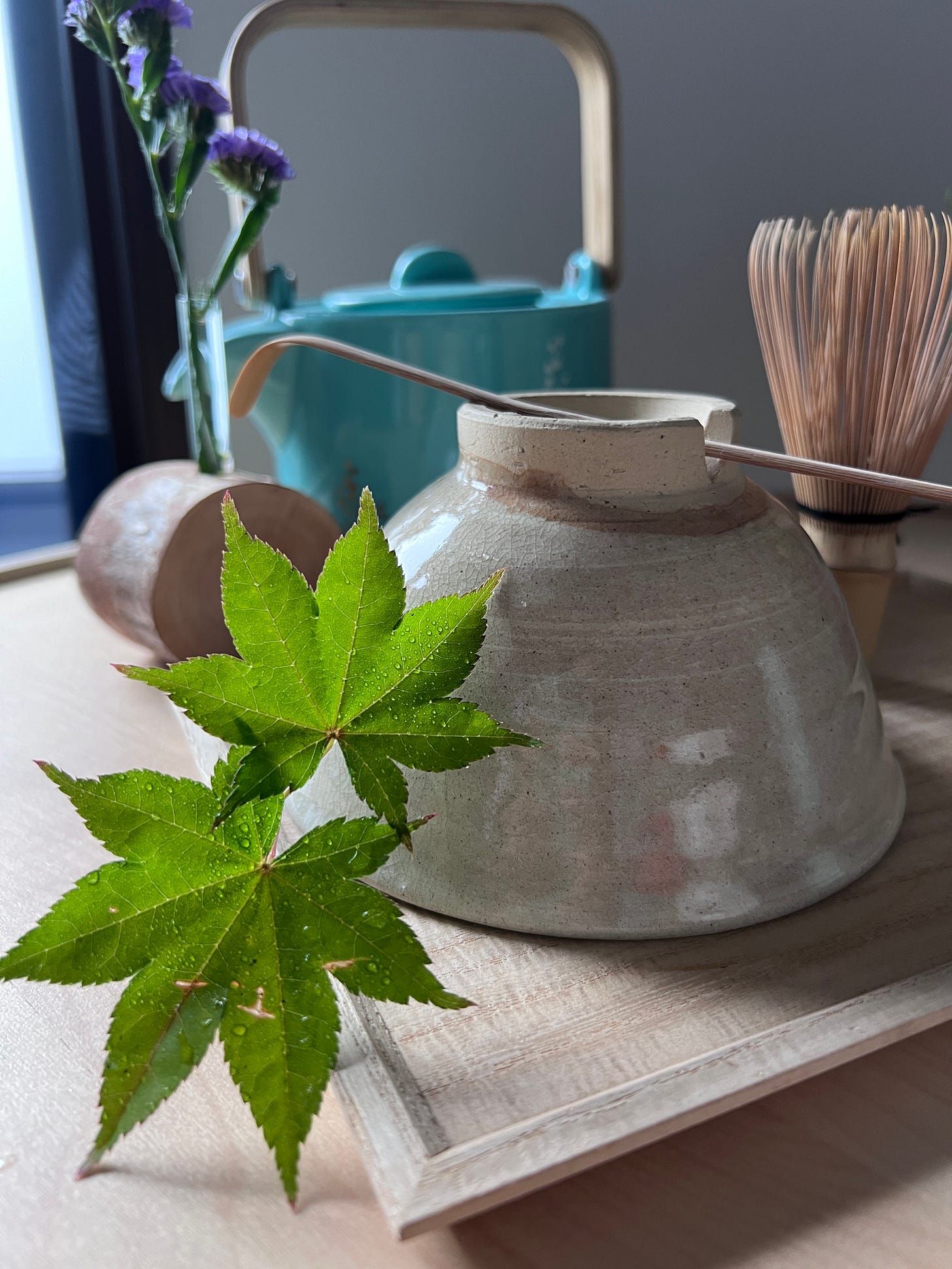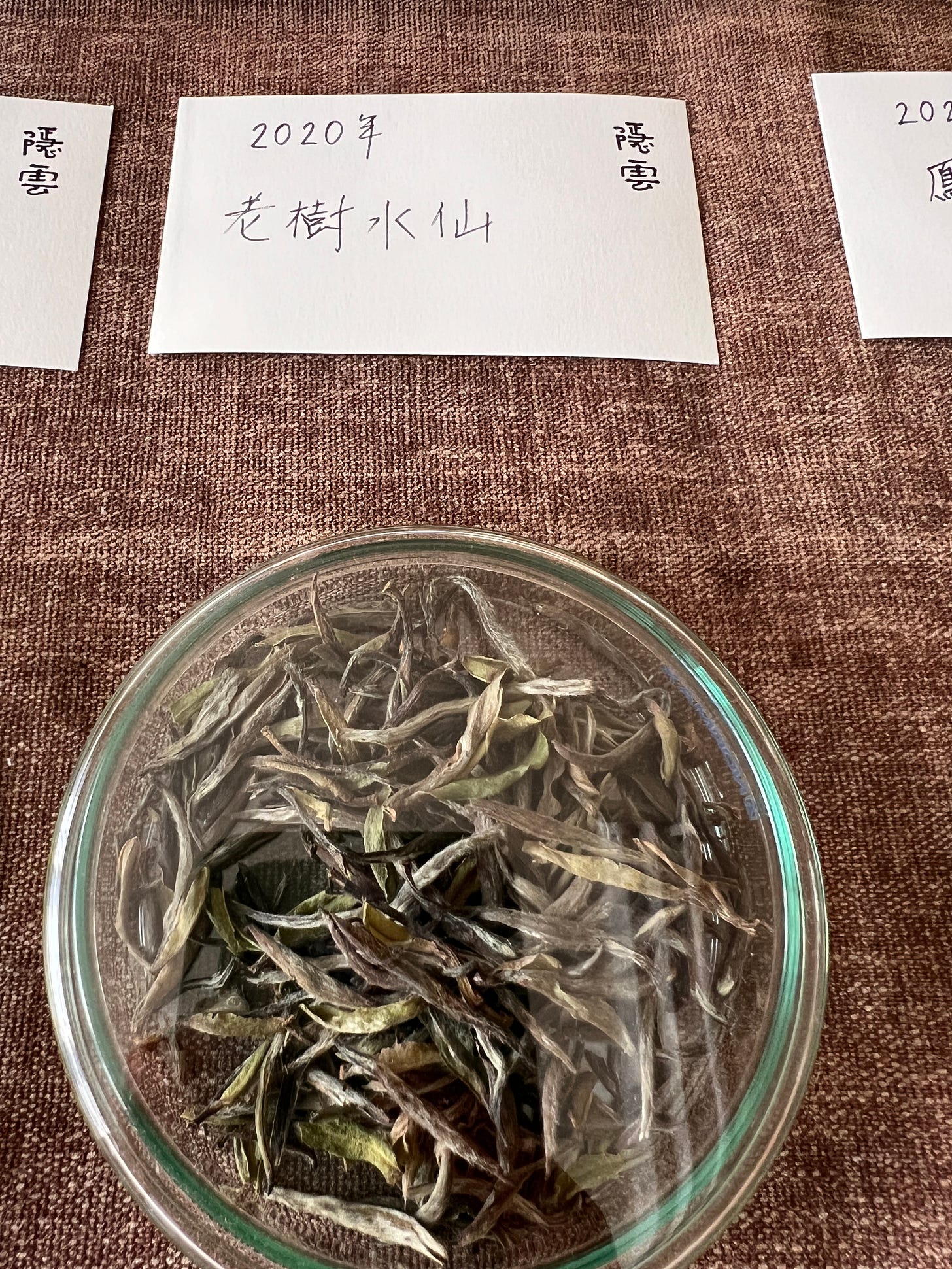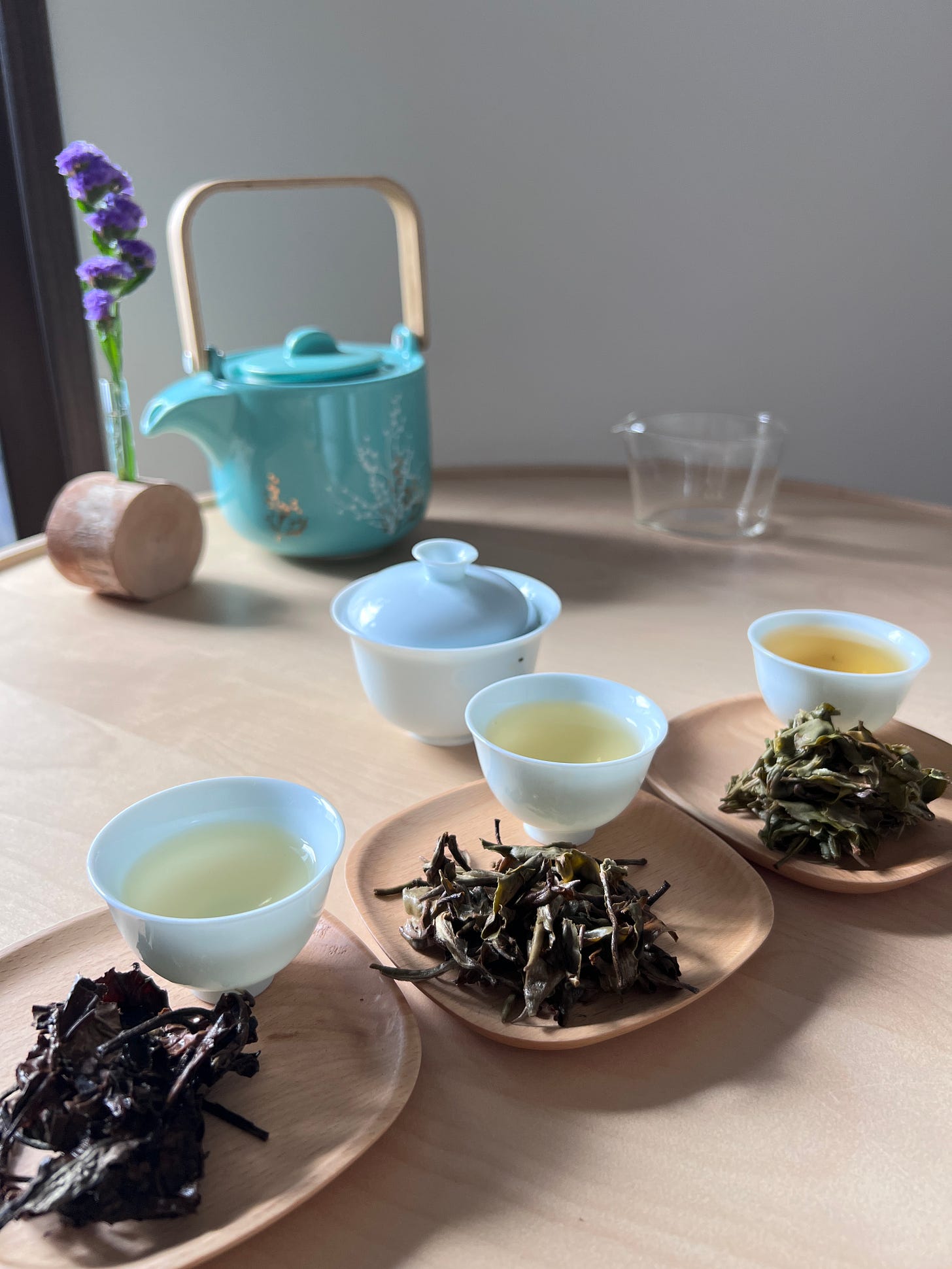Side note: I am stringing together a few things in this post. :)
First, a plug on my latest publication for the Straits Times, Singapore: Tea, Meditation and Inner Peace in Kyoto. It’s behind a paywall so I will publish the full text in a future post (See other previous publication links here).
Second, building on Father’s Day, I wrote below how tea is re-connecting me with my ancestral roots. An overview of teas from Hainan and Fujian, including my favorite Oolongs. Finally, a quick run-through on tea and the 5 elements.
On Father’s Day, I called my parents.
We talked about my late grandfathers, thought of our ancestral hometowns in Fujian and Hainan. We recollected how hard they had worked to build their lives in Malaysia as Chinese immigrants.
Four of my grandparents escaped China at a tender age below 10. They traveled by boat for days, initially landed in Penang, Taiping, Singapore, and finally settled down in Kota Bharu (NE Malaysia bordering Thailand).
Both sides of my grandparents had to find ways to support their big family (7 children from each side). My paternal grandparents did many trades to survive but finally settled down with their plastic factory business. My maternal grandparents lived many years of hard life getting by with their barber salon.
前人种树后人乘凉 is a Chinese proverb which literally means people before us plant trees so that people after them can enjoy the coolness under the shade. It is a reminder that we should not forget the sweat and toil, and the strong foundations our ancestors have built for us.
Life is funny that way. My grandparents escaped China during the Sino-Japanese war. Now I am married to a Japanese and am enjoying life in Japan. I have always looked up to the West growing up. It’s only in the recent years that I feel more of a sense of belonging to Asia and an eagerness to understand it more deeply.
人在草木间, 不如吃茶去
Unknowingly, tea has been a big part of my life growing up, linking me with the rich tapestry of cultures and traditions of generations of ancestors who came before me.
Tea grounds us to the present, while connecting us to the past and future - an expanded now. We drink tea to aid digestion after heavy meals. Traditionally, tea is served to honor the deceased and during prayers. In weddings, brides and grooms serve teas to the elderly as a sign of respect. Tea is also integral to celebrations like the New Year, Dragon Boat Festival, and Mid-Autumn Festival.
Now, learning tea has become a way for me to reconnect with my past, my ancestral roots.
Of the three Chinese characters in my name, two of them are comprised of the radical associated with plant root/ grass/ nature, including my family name 蔡.
The Chinese character for tea (茶) is composed of three radicals signifying human’s role in between grass and wood/ tree roots. It is up to us as humans either to be the destroyer or stewards of nature, giving respect to all that we have been handed down by our ancestors - the strong foundations built overtime on culture, history, and nature.
Hainan tea
Hainan (Southern Island of China) is where my maternal grandparents were from.
In Malaysia, Hainan black tea 海南茶 has become synonymous for its blended milk tea and coffee beverage that emphasizes tea fragrance with strong after-taste.
There are different types of these Hainan teas, depending on the ratio between tea and coffee. There is Hainan yuan yang (鴛鴦) which symbolizes a pair of unlikely love birds. There is also Hainan cham which has a higher ratio of tea than coffee.
Fujian Oolong Tea
Fujian 福建, a coastal province in Southeast China, is where my paternal grandparents came from. It is home to many great teas and is considered the birthplace of black tea, oolong tea, white tea, and jasmine tea.
Among various Chinese teas, I like oolong tea 烏龍茶, considered the perfume among all six broad categories of teas. It has a familiar scent as a type I grew up drinking. There are different types of oolongs:
Of the ones I have tasted lately, I quite enjoy the high-roast Tie Guan Yin (Iron Goddess of Mercy) 果香铁观音, especially for its fruity fragrant scent.
Wuyi mountain rock tea 水仙岩茶, in contrast, has a smokier and woodier scent, followed by honey sweet aftertaste. The amber hue in the tea is particularly striking.
Fujian White Tea
While white teas originated from Fujian, I have not heard of nor tasted white teas until I came to Japan.
White tea is considered the least processed of all broad categories of teas, without steaming/frying, rolling. And it is said to retain a high amount of antioxidants.
It is a light, delicate, and elegant tea, suitable for reducing internal heat.
Tea, Health, Natural Elements
While I am still new to it, there is this traditional Chinese concept called wuxing 五行 comprising of the five natural elements of metal, wood, water, fire, earth - interlinked with the yin yang principle of balance.
When one’s body is out of sync, it can lead to sickness.
On tea, the general idea is that one could drink more yin 阴 (cool) tea in the Summer and yang 阳 (warm) tea in the Winter to balance out.
During the Song dynasty, people would do seasonal tea pairings - floral teas for Spring, green teas for Summer, Oolong in the Autumn, and black teas for Winter.
I am of the water element and so a balanced tea suits me. Oolong is such tea with its mid-range oxidization level and moderate caffeine content.
As I have Type 2 diabetes (read here and here), I am curious about the links between different tea types and their associated health benefits to increase insulin sensitivity. Diabetes happens when body cells in fat/ muscles/ liver no longer respond well to insulin and can’t easily absorb glucose from blood.
Polyphenols and antioxidants seem to bring about diabetes-friendly benefits. They seem to be present in black tea, oolong tea, white tea, green tea, pu-er tea - with the last two having promising meta-analysis evidence.
I am just starting my journey with tea here, trying to trace back to my past, thinking of its link between nature and ourselves, pondering about the future. But really, I am learning how to enjoy tea in this cup of life.
It is tea in the first year, medicine after 3 years, and a treasure after seven years.









Thanks Mike for the follow and for your reflections. Even though I have been drinking tea since young (mostly oolongs given my family background), I am quite the beginner so looking forward to tasting more and will share impressions here. 😊Just started on my chado journey early this year and now learning more on Chinese / Taiwanese teas. Time permitting, I generally whisk matcha in the morning and brew Chinese teas in the afternoon. 🍃
Thank you for sharing how tea is so deeply connected to your ancestry. The deep roots of tea culture are what keep me hooked after all these years and so many cups.
I love Wuyi oolongs, but I ultimately found my home drinking Japanese tea daily because I naturally have too much fire and need the cooling balance of greener teas to calm and focus me.
I still indulge, and I'm particularly fond of excellent 肉桂 for its rich and alluring flavors and 水仙 for its complexity.
But I find the most energetic harmony within from Japanese green teas and also greener Taiwanese ball-rolled oolongs.